We all know of the Concorde, but what about the Boeing 2707 SST? And while we’re at it, why aren’t we all flying around in supersonic jets today?
The second of the questions above really is more reasonable than it sounds. Note we are not referring to current efforts to return to commercial supersonic travel. The real question is, why weren’t there more supersonic airliners “back in the day”? Why is this kind of travel so rare that we lost it, and now want to return to it?
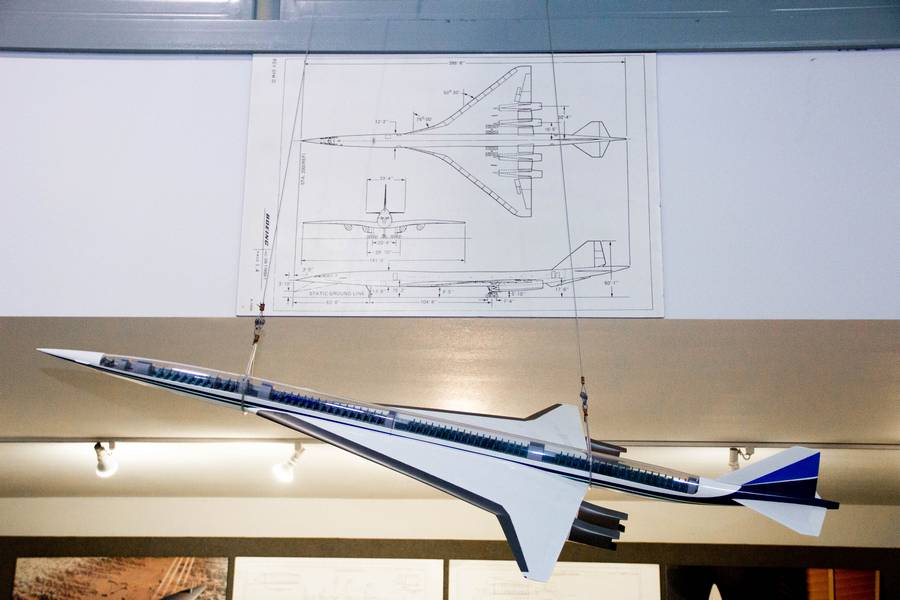
This brings us to the American SuperSonic Transport (SST) program and its winner, the Boeing 2707. Or rather, it brings us to the late 1950s, and it is impossible to understand this story without some context from that era. This was truly the golden age of aviation development, a mix of factors making it possible. These were the technological leaps made in WWII, rising cold-war era development budgets and exploding demand for air travel.
Boeing 2707 – The Triggering Factor
What gave rise to the Boeing 2707 proposal and the rest of the SST program, was the Franco-British Concorde. This was an era where airliners and military jets became obsolete in a few years, as newer models appeared. Notably, some turboprop designs (e.g. Lockheed Electra) sold relatively poorly, because the airlines and the public wanted jets. Such was the pace of development. And obviously (?) everyone expected this trend to continue.
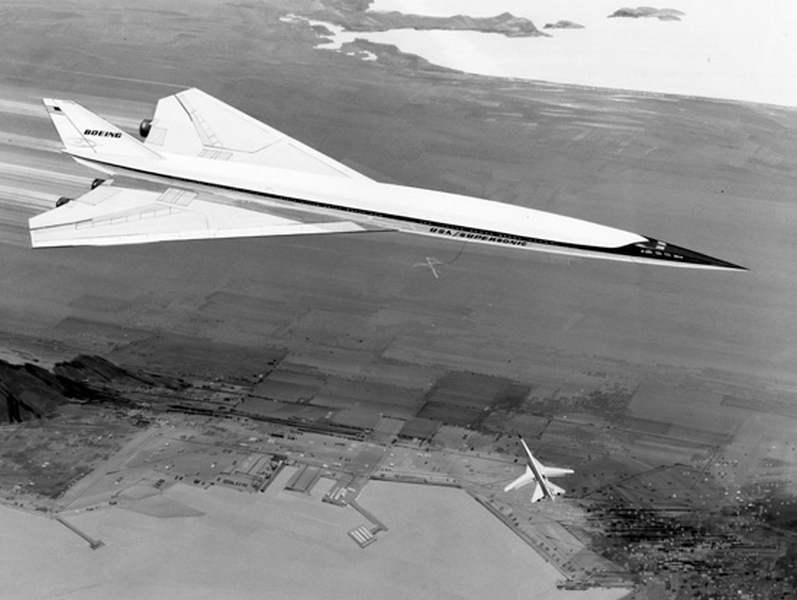
With the military already having several supersonic jets at this time, everyone thought that supersonic airliners were a question of when, not if. This influenced a lot of business decisions. As we’ve seen, Boeing developed the 747 with air cargo in mind from the outset. This is why the cockpit is high-up, allowing for a front cargo door. The idea was to ensure that the design would not go to waste, in the supersonic era.
Boeing was already busy working on supersonic studies, well before finalizing its first 2707 SST proposal. That proposal, along with those from North American and Lockheed, came because of Concorde’s official launch, in 1962. This was quite a rude awakening for the US aviation industry, which didn’t expect the Europeans to embark on such an ambitious collaborative project, so soon. And thus, the government-funded SST program was born.
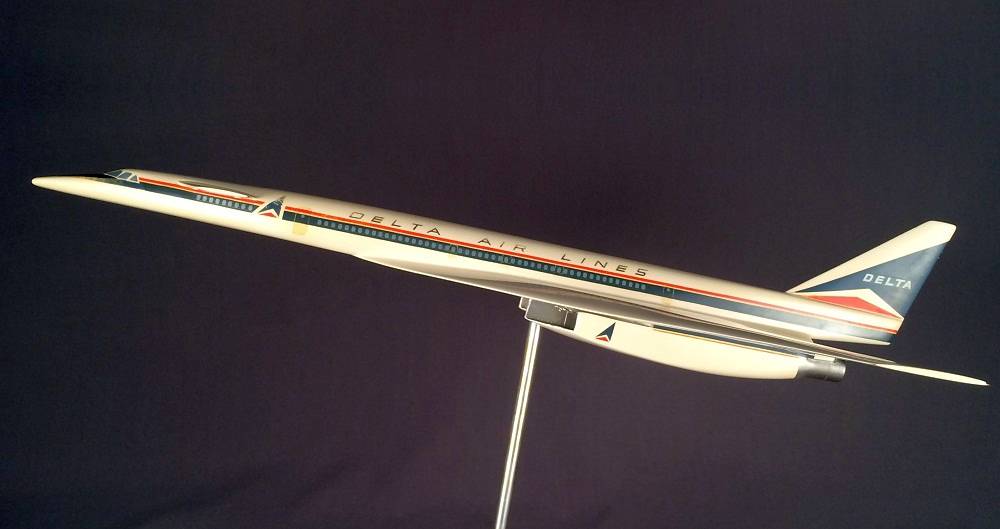
Boeing beat its competitors with its 2707 because it was the boldest. The announcement came on the 1st of January 1967. Today, selecting the highest-risk design would seem unorthodox. Not in the 1960s. North American’s entry (the NAC-60) was arguably the most conservative. But with a cruise speed of Mach 2.65 and seats for 187 people, it would have still been ahead of Concorde.
Ambition Wins
As we saw, North American’s entry drew heavily from its XB-70 Valkyrie. Lockheed’s entry had a very similar layout to Concorde’s, except it was bigger, seating over 200 passengers. But it had the same drawbacks as Concorde, in terms of noise on takeoff and runway length. On the other hand, the Boeing 2707 initially featured a swing-wing design. This allowed the use of much lower speeds on takeoff and landing.

But Boeing’s entry was getting more and more ambitious, as the competition went on. After Boeing and Lockheed were selected, to make full-size mock-ups and more detailed proposals, Boeing’s team grew bolder. From an initial capacity of 150 passengers, it progressively “grew” to sit 300. It was a twin-aisle design (in part), at a time when twin-aisle planes existed only on paper. The design also made use of exotic materials for its structure, including titanium.
Like its competitors, the manufacturer could draw on a lot of NASA research. The Boeing 2707 made use of the area rule, to boost its aerodynamic efficiency. This necessitated having a fuselage of variable cross-section, which got narrower as the wing got wider. The plane also drew from developments in materials like titanium. Unfortunately, there were some areas where the project faced show-stopping problems.
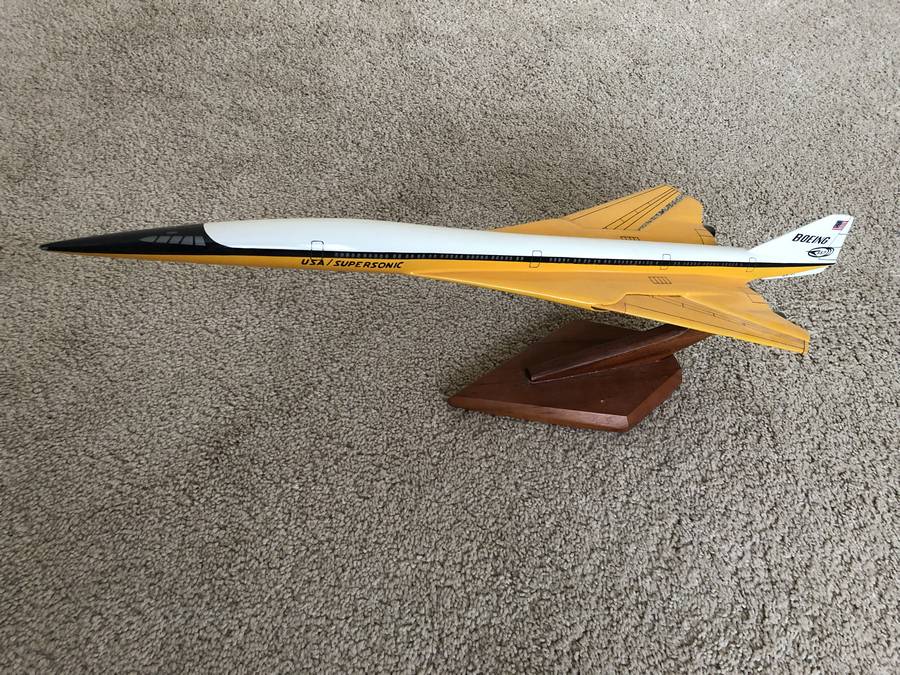
We saw the complexities that Lockheed faced in the development of its A-12 and SR-71. The high speeds of these planes necessitated the widespread use of titanium in their skin and structure. Boeing would need to solve the same problems with the 2707. Except that this plane was much bigger and heavier. The complex swing-wing mechanism was too heavy, even when made out of titanium.
The Boeing 2707 Evolves
Later, Boeing switched to a design featuring a delta wing and separate tail surfaces. The speed was now Mach 2.7 and the seating capacity went down, to 234 passengers. This was in 1969, a time when many clouds had started gathering around supersonic travel. By this time, the Concorde had already flown. And a comparison between this plane and the Boeing 2707 shows why the latter struggled.
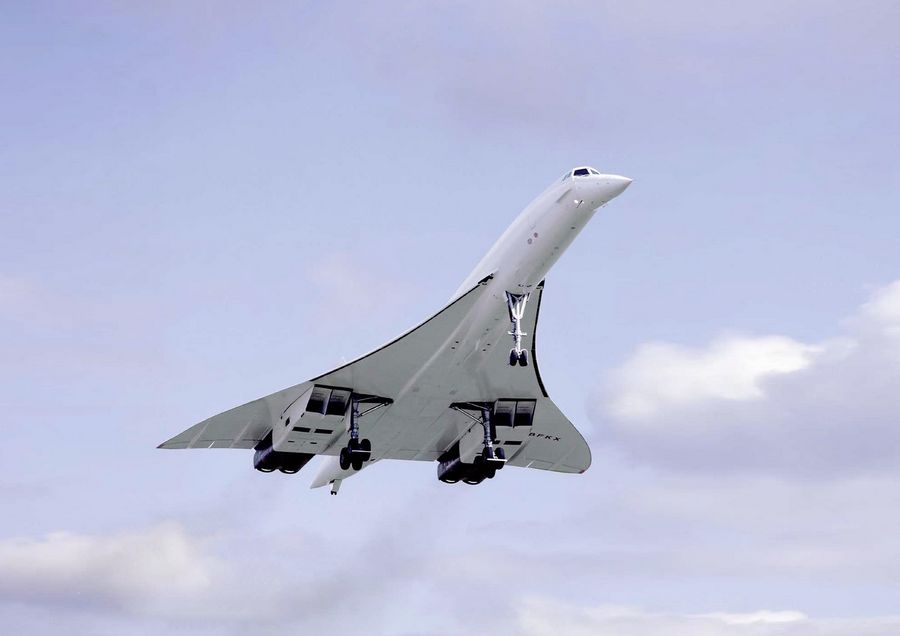
Calling Concorde a “conservative” design is bordering on preposterous. The first operational SST (despite flying first, the Tu-144 entered service later), the first operational delta-winged airliner, the first passenger aircraft with afterburning jet engines and the first commercial aircraft with analogue fly-by-wire, was NOT a conservative design.
But everything being relative, next to the Boeing 2707, Concorde is rather more… grounded. Concorde’s designers made some well-thought choices. By limiting themselves to just over Mach 2, the British and French engineers could use aluminium. This saved them the trouble of working with titanium, which would have been expensive, difficult to work with and to productionize.
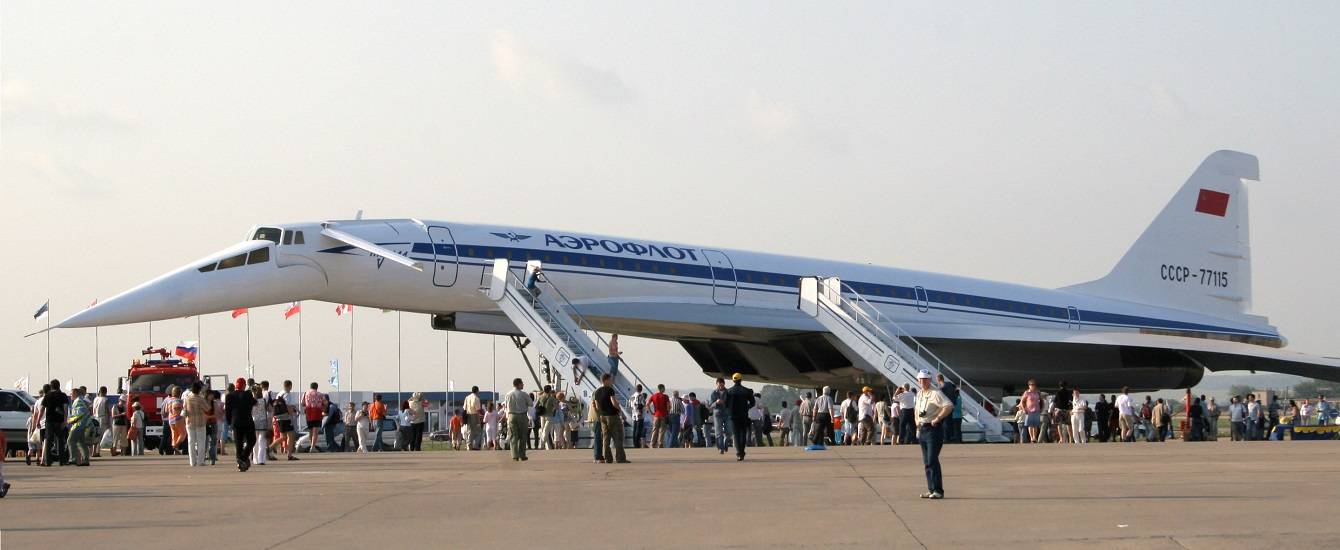
Also, these engineers knew of the area rule, and how it could increase the plane’s efficiency. But they decided against using it. It was challenging enough to work with the loads and thermal stresses of a conventional (?) tubular fuselage. Doing the same for a design with a variable cross-section would have been much harder. However, Concorde still needed to make use of advanced aluminium alloys.
The Boeing Company After The 2707
In that sense, the Boeing 2707 was probably biting more than it could chew, at the tail-end of an era when everything seemed possible. And ultimately, some argue that even a less ambitious design wouldn’t have mattered. Opposition to any supersonic commercial aircraft was becoming stronger and stronger.
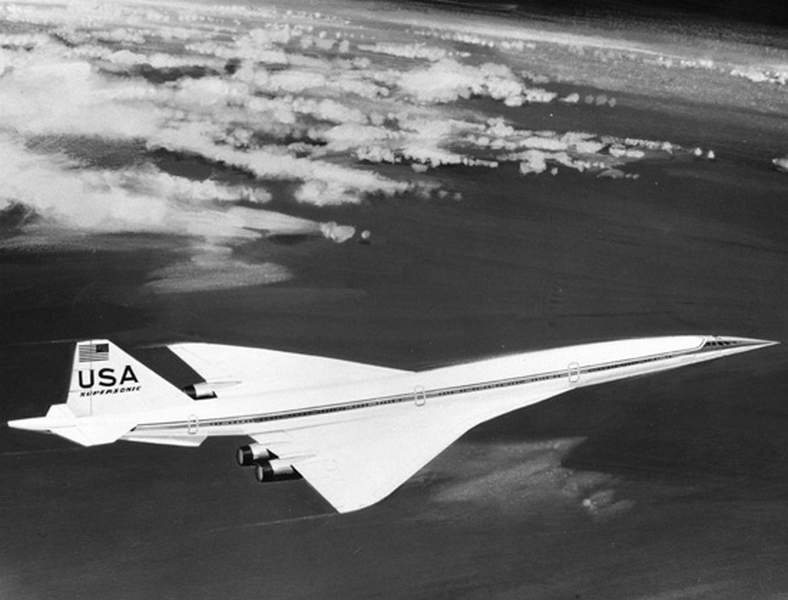
The US Congress cancelled the funding for the Boeing 2707 in 1971. Even if Congress hadn’t, the 1973 Oil Crisis would have likely done it… perhaps. The Concorde survived, so we will never know for sure. But with the industry previously believing that SSTs were the future, the cancellation had knock-on effects. We’ve seen how funding for an airport in the Florida Everglades relied on supersonic travel.
However, the biggest effect of the cancellation of the 2707, involved Boeing itself. The company already faced financial trouble, because of the spiralling costs of the 747’s development. Even the 737’s development costs had been higher than what Boeing expected. It had begun laying off employees already in 1969. No US airline ordered any Boeing aircraft in 1970.
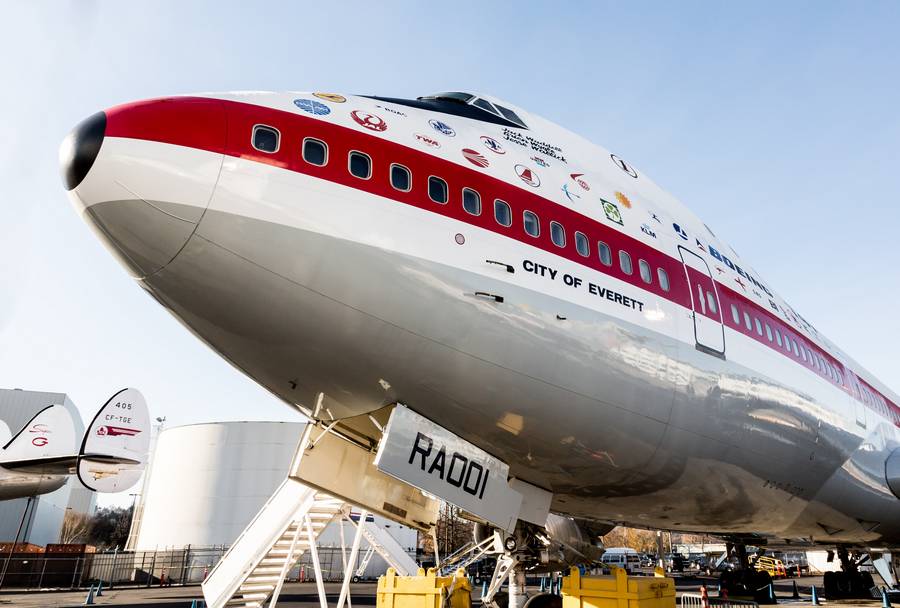
The 747, plus the cancellation of the 2707 almost caused Boeing to go bankrupt. Boeing survived what became known as “The Boeing Bust”. But in the process, it let go of so many people that it caused the population of Seattle to drop. Military contracts helped the company, but then came the 1973 oil crisis.
Future SSTs?
So, where does this leave us today? We have seen several startups working on supersonic jets lately. And there’s even NASA’s X-59 QueSST, promising to make sonic booms into sonic “thumps”. So could we see a return to supersonic passenger travel? Boeing isn’t planning a successor to its 2707 any time soon. Could someone else do it?
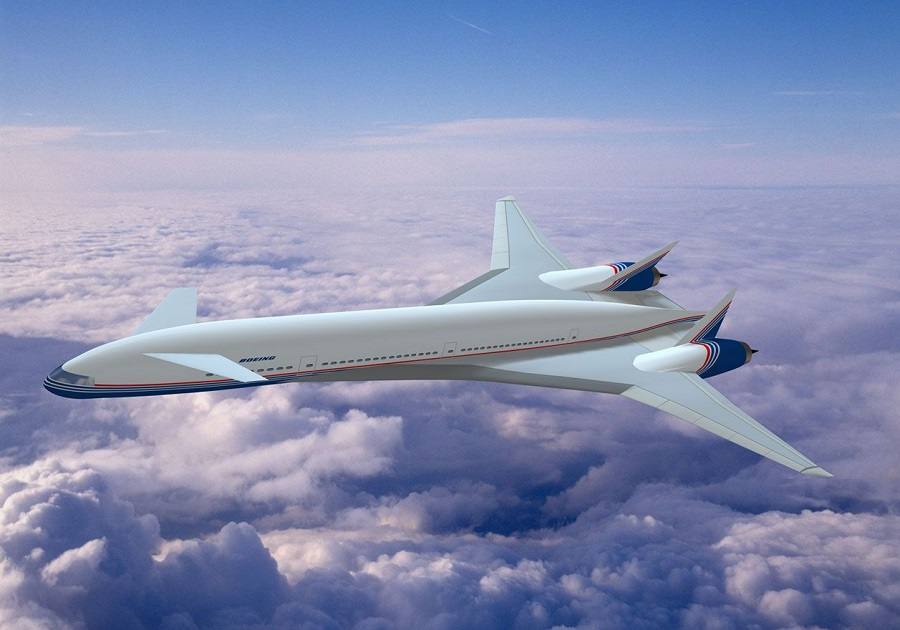
We will have to wait. However, the current trends toward more efficient and carbon-neutral designs, makes supersonic travel seem… counter-intuitive. Meanwhile, airliners have generally been getting a bit slower over time. The only exception, had Boeing made it, might have been the Sonic Cruiser.
Finally, as a side-note (or end-note) it’s worth mentioning something about how the Boeing 2707 got its name. With the 707, 727, 737 and 747 already in production or in progress, Boeing didn’t just want to make the SST another number in the sequence. So it added ‘2’ as a prefix, essentially restarting the 707 numbering system. So, could this be a clue for how Boeing will name its jets, after the 797?




3 comments
Robert Smith
To get a real idea about the US SST program, the Secret Projects forum has a 38 page thread on this topic. Among the things you might learn are that all three designs evolved during the competition. The Boeing design, originally carrying a variety of 733 designations, like 733-197, was initially a swing wing that looked more like a passenger version of the B-1 bomber. Lockheed’s design merely grew over time, with other refinements here and there. North American’s design evolved to gain paired nacelles for the engines, and was based on the B-70 mainly in that they decided that any number of B-70 features, like the fold down wingtips, were not good ideas for airline service.
The program was announced by JFK at the graduation ceremony for the Air Force Academy’s Class of 1963, right after Juan Trippe of Pan Am announced options on Concorde.
If there was a chance for a American SST to enter service, it probably rested somewhere other than in Seattle. It’s easier to believe that a Lockheed that might not have required the extensive redesign Boeing undertook to replace the swing wing, would have had prototypes flying by 1971, at the very least. North American had experience, if not much, in building a plane that was similar to a SST, so that could also have been more likely to be flying by then. Shall we discuss how much experience Boeing had with large aircraft at Mach 2 to Mach 3?
It’s funny, isn’t it, that the ban on supersonic flight over land in the U.S. was passed in 1973, after it was clear that there would be no American SSTs flying over land.
mentourpilotmrc
@[email protected]
You’re a basket of joy and wonder.
[email protected]
carbon neutral is absolutely irrelevant because China increases its Carbon production by 14million tons per year burning all its own coal plus the Australian and Mongolian one.